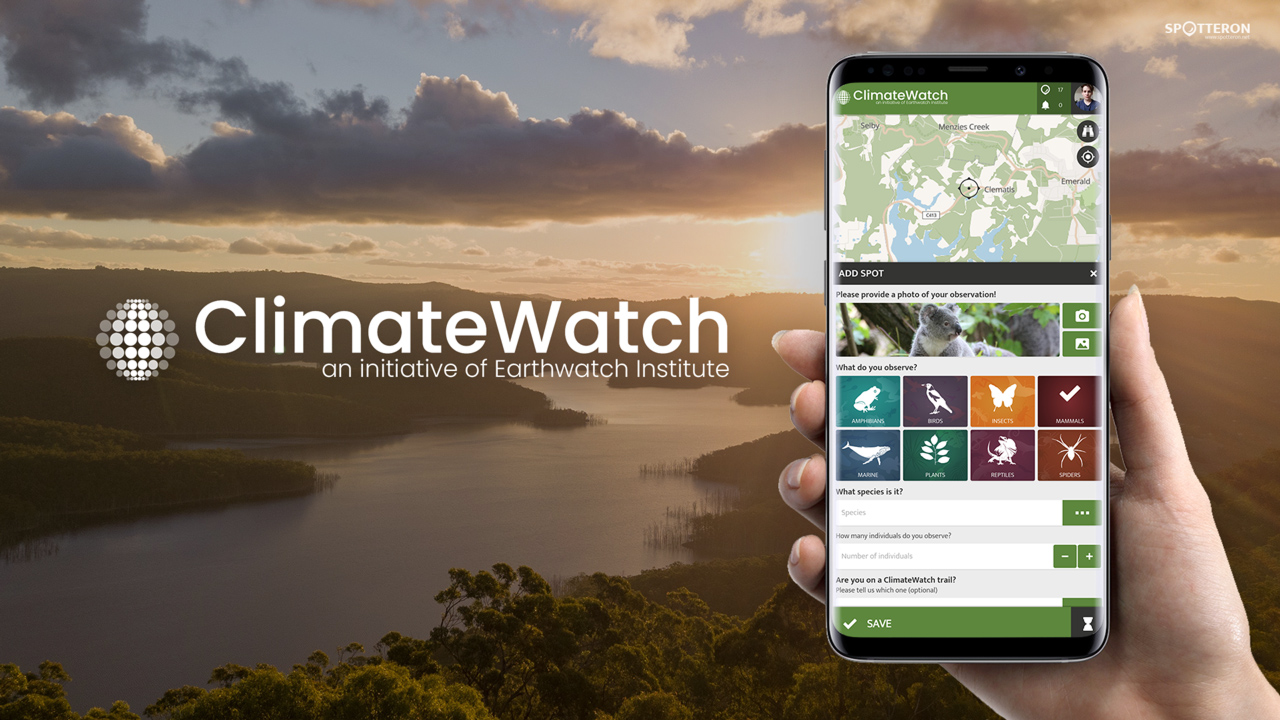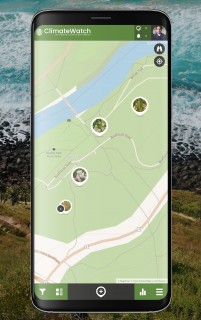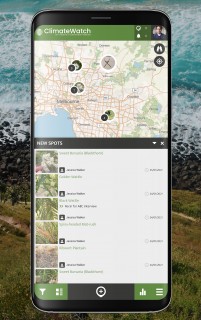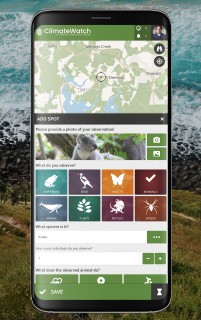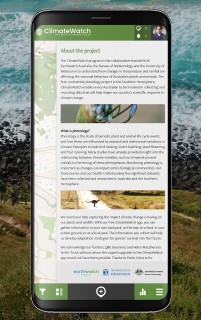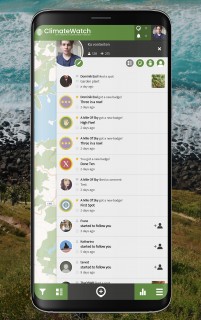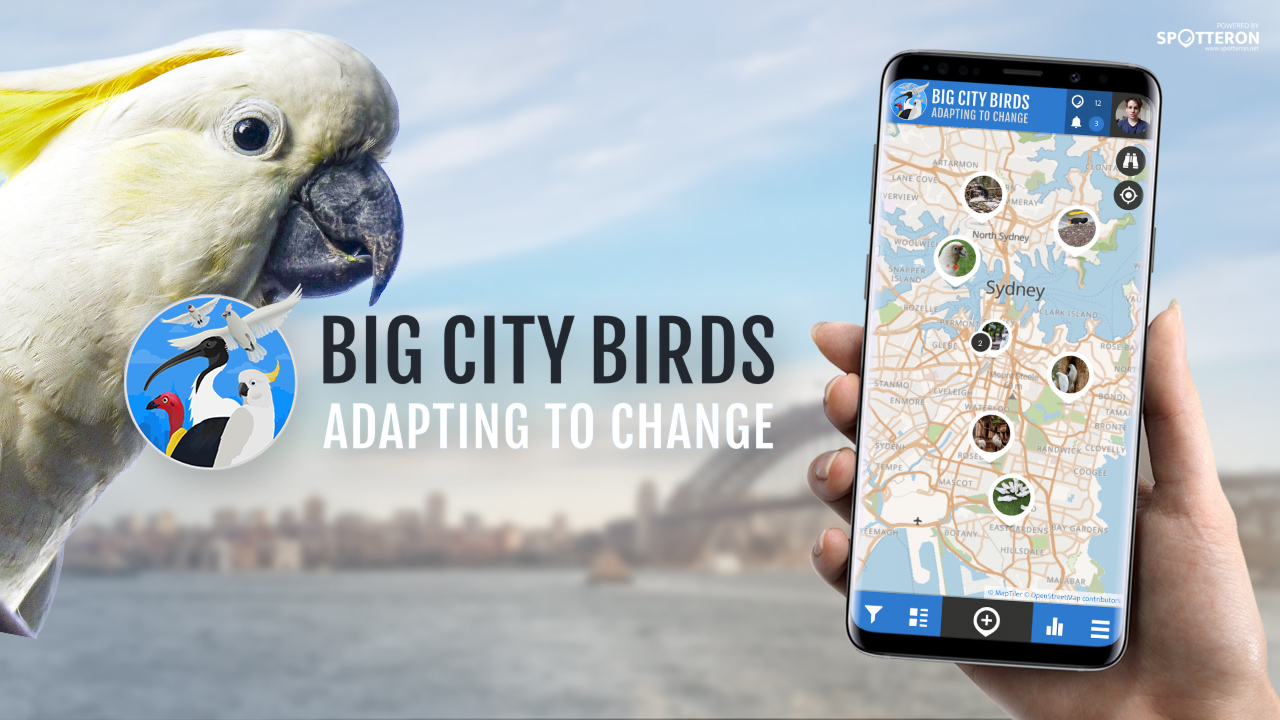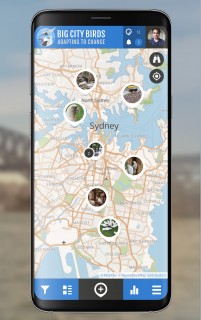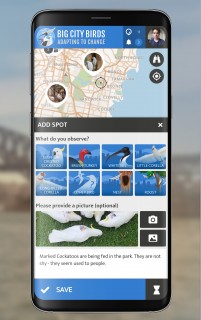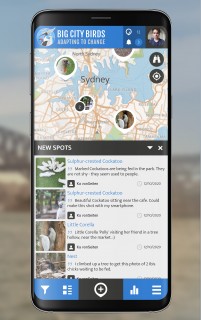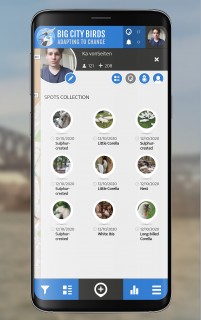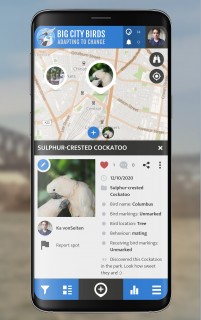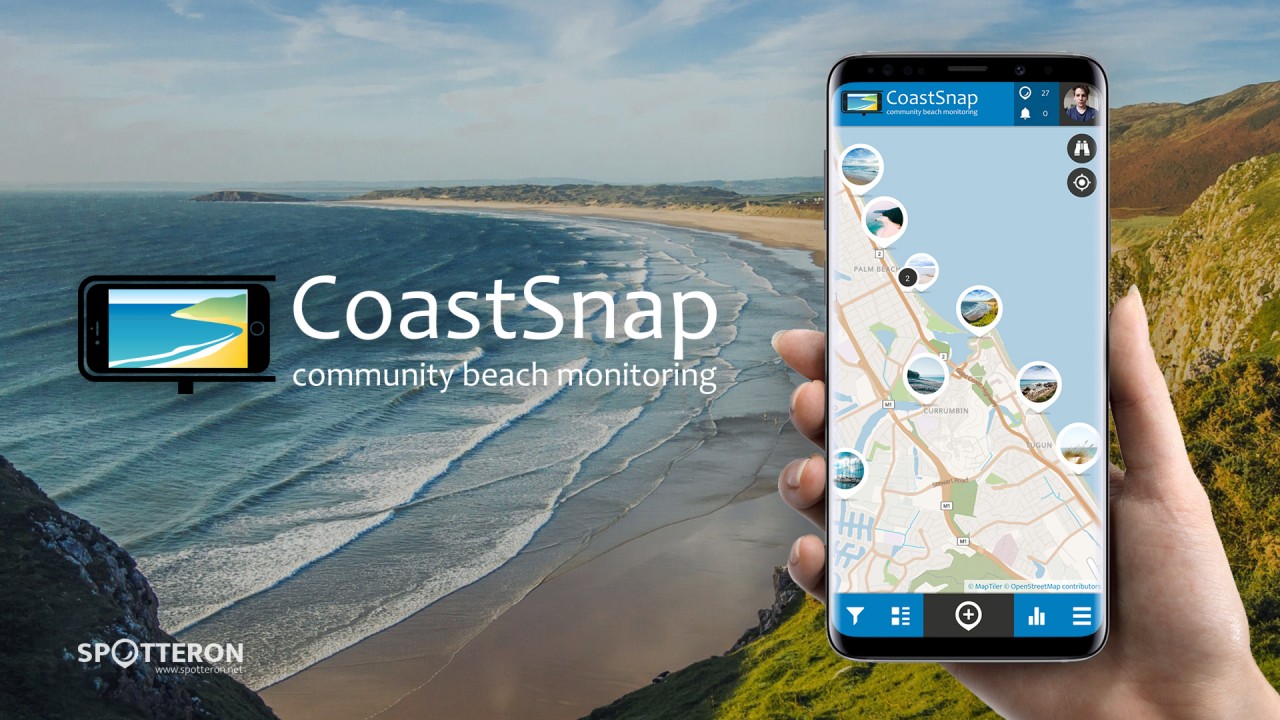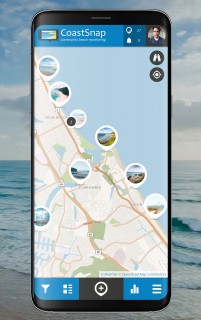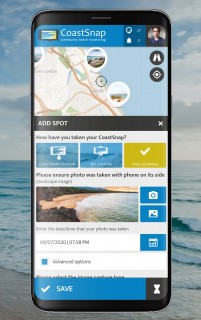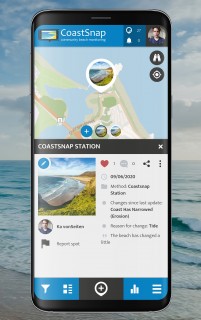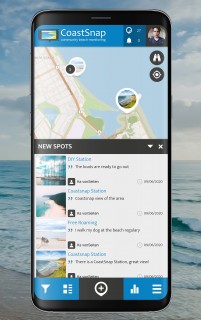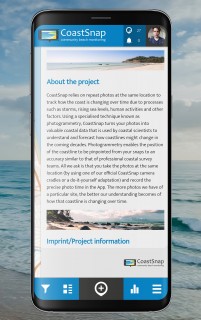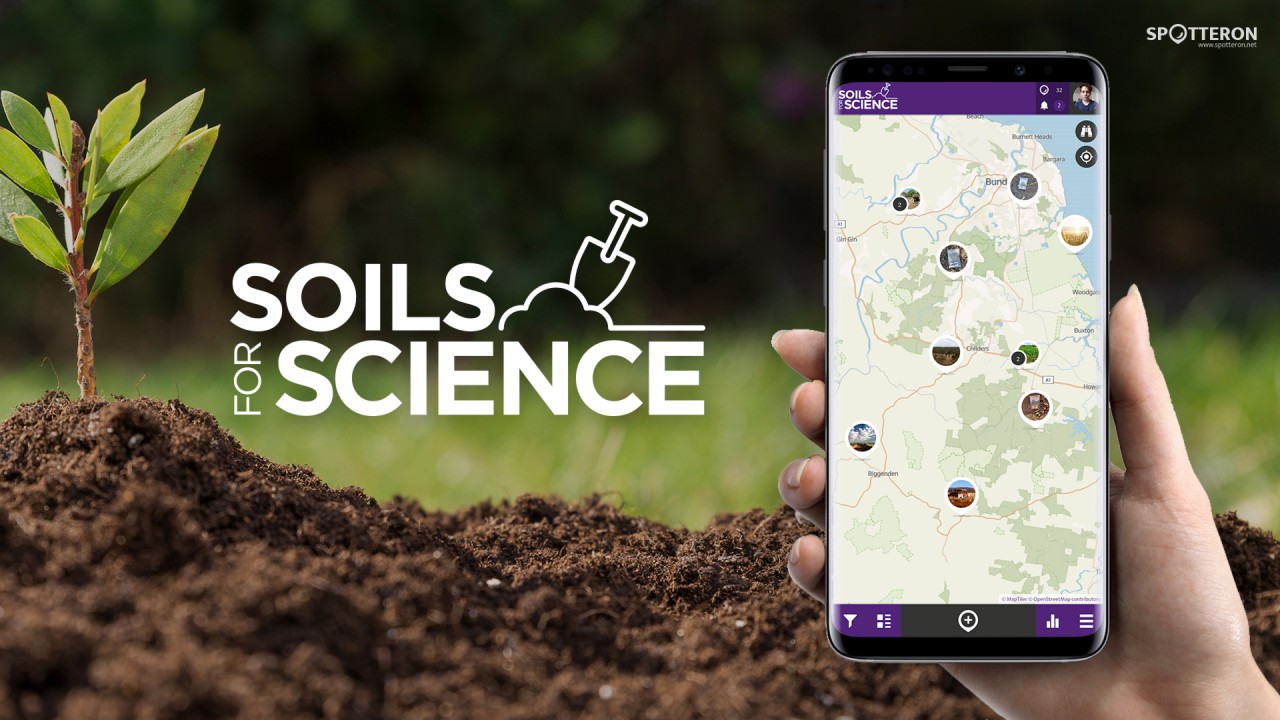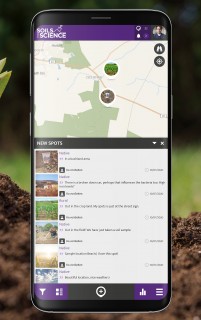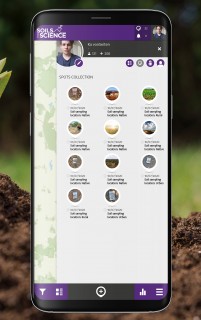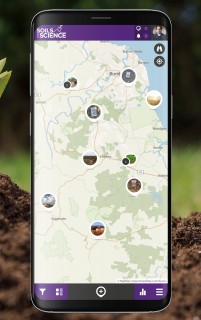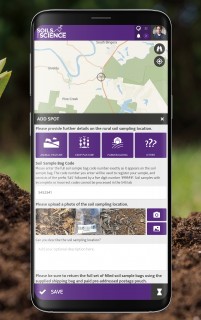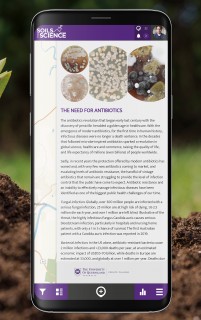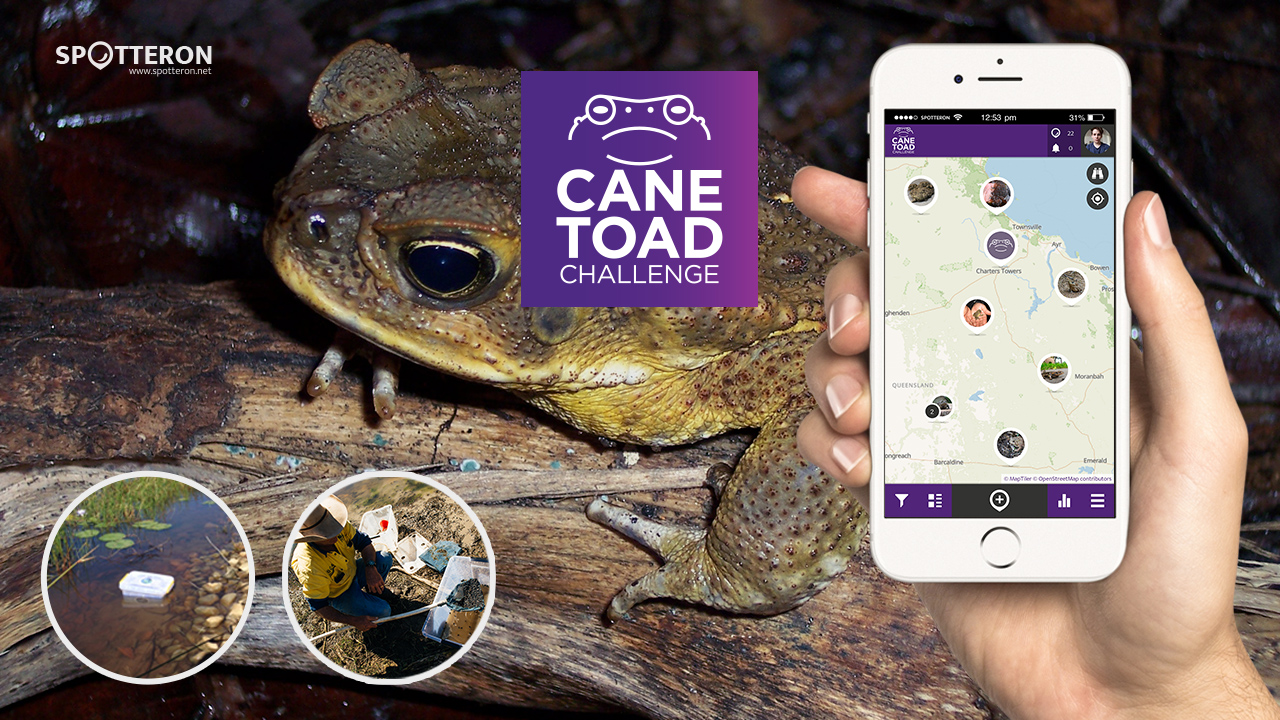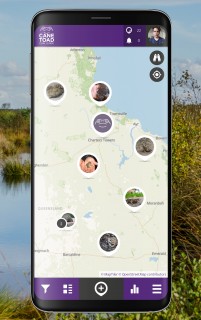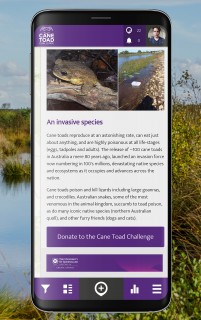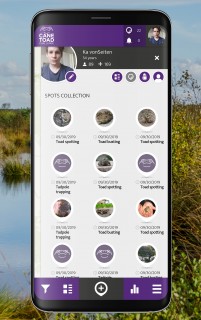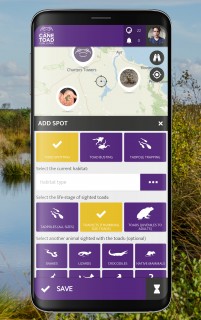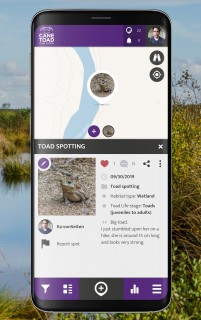Celebrate, Communicate, Co-create - Australia's great Citizen Science Conference 2021
Citizen Science is leading to remarkable developments worldwide, and in Australia in particular. Between bushfires and a global pandemic, and being a country that faces the effects of climate change on a large scale, it has seen an influx in citizen-driven science projects in recent times, uniting people to achieve a common goal.
This October, the CitSciOZ21 conference is taking place under the motto "Celebrate, Communicate, Co-Create". Apart from the opportunity to network with fellow attendees, speakers and sponsors, it will showcase some of the most successful Citizen Science projects in the country and worldwide. We are delighted that on Friday, October 29th, Luke Richards from EarthWatch Australia is presenting the ClimateWatch Australia project, which just has hit the mark of 10000 submissions in the Citizen Science App some days ago. However, this strong Citizen Science project is not the only one...Here are five Australian Citizen Science Apps running on the SPOTTERON platform:
Phenology Citizen Science: Climate Watch
The ClimateWatch program is the collaborative brainchild of Earthwatch Australia, the Bureau of Meteorology and the University of Melbourne to understand how changes in temperature and rainfall are affecting the seasonal behaviour of Australia's plants and animals. ClimateWatch enables every Australian to be involved in collecting and recording data that will help shape the country's scientific response to climate change. Considering Australias' incredibly diverse natural world, the App boasts over 180 indicator species, including amphibians, birds, insects, mammals, marine animals, plants, reptiles, and spiders, and their behaviours. In addition, participants of the project are encouraged to observe nature on more than eighty designated trails across the country, turning nature and climate observation into collective experiences.
Different views from the ClimateWatch Australia Citizen Science App
ClimateWatch is the first Citizen Science project for phenology of its kind in the Southern hemisphere, allowing users to observe the species mentioned earlier over long periods by updating already existing spots. These are then displayed as timelines within the App, showing the species development and how they change throughout the seasons. It is with this data that scientists can draw conclusions regarding climate change.
SPOTTERON was involved in the relaunch of the project from the very beginning. We redesigned the project's website with the SPOTTERON framework to give it a modern, sleek design that works well on all devices. We also made sure that the design was coherent with the App, including designing custom buttons and a generally cohesive look and feel.
Since participants of the Citizen Science project are encouraged to make their phenology observations on designated trails all over the country, we developed a new button field for the ClimateWatch trails as part of the activities feature. It allows project partners to add and maintain trails in the App directly and conveniently from the SPOTTERON data administration interface for more freedom and flexibility.
Ornithology Behavioural Science: Big City Birds
Big City Birds is a project by the University of Sydney that aims to find out more about the adaptability of specific bird species in cities and urban areas. Human-induced changes to our planet and the environment have had huge impacts on the natural world and the landscape, and cities are a familiar and extreme example of this change. Intriguingly, some animals can adapt to these changing environments by flexibly changing their behaviour.
The project focuses on five bird species that have done so successfully: Sulphur-crested Cockatoo, Australian Brush-turkey, Australian White Ibis, Little Corella, and Long-billed Corella. Users can also report additional species by selecting "other." The five focal species have all been observed adapting to human-modified areas and are increasing their population in urban areas. Occasionally, they are considered a nuisance, yet all Australian native birds do their best to survive in human-altered landscapes.
In the Big City Birds App, users can document the location and behaviour of the birds and even go into more detail, like what the birds are feeding on.
The data collected will help scientists understand these species' behaviour, movement, reproduction, distribution, and habitat use in suburban areas. The scientists at the University of Sydney aim to use this information to help understand the behavioural traits that have allowed some species to adapt to the challenges and opportunities of city living.
Different screens from the Big City Bird Citizen Science App.
Besides creating a custom design for the App, including the App logo and bespoke buttons, SPOTTERON developed a unique name tagging feature: users can type in the number of a tagged bird linked to a name databank in the background. Upon entering a bird observation with the tag number and colour, the user will see the bird's name displayed in the App - an attractive and fun feature to increase user motivation.
Coastal Resillience: CoastSnap
CoastSnap is a global Citizen Science project by the UNSW Sydney to monitor changing coastlines. With the Citizen Science App, users can create timelines of coasts and record their development. Observing and uploading photos of the same location into the CoastSnap App helps researchers understand how coastlines change over time. CoastSnap relies on repeat photos at the exact location to track how the coast changes over time due to storms, rising sea levels, human activities, and other factors. Using a specialised technique known as photogrammetry, CoastSnap turns photos of the Citizen Scientists into valuable coastal data with the help of Artificial Intelligence.
AI-based Image Analysis helps coastal scientists understand and forecast how coastlines might change in the coming decades. Photogrammetry enables scientists to pinpoint the position of the coastline from the Coastsnaps to an accuracy similar to that of professional coastal survey teams. The CoastSnap App runs on the SOTTERON platform with a package B, which includes a bespoke project website based on the SPOTTERON framework and the App for phone and web with custom design buttons for maximal usability and simplicity.
Inside the CoastSnap Citizen Science App.
Citizen Location Sampling and Antibiotics research: Soils for Science
Soils for Science is a Citizen Science initiative of The University of Queensland, Institute for Molecular Bioscience. It aims to inform the public on the importance of antibiotic resistance in modern healthcare and soil microbes as a source of next-generation antibiotics. Soils for Science provides the public with free sampling kits to collect soil samples rich in microbial biodiversity (bacteria and fungi). Pure microbes will be isolated by UQ researchers and used as a resource to search for new and improved antibiotics. High-resolution images of the microbial communities found in each soil sample will be uploaded to the Soils for Science website. The public can find the sample(s) they have submitted to zoom in and view the marvellous and miniature world of microbes. Antibiotic resistance and an inability to effectively manage infectious diseases have been identified as one of the biggest public health challenges of our time.
Screenshots from the Soils For Science Citizen Science App
Soils for Science provides the Australian public (home and landowners, schools, community, social and sporting groups and others) with educational material on antibiotics and antibiotic resistance and the vital role played by microbes in the past, present and future discovery of antibiotics. Soils for Science also provides a platform for public engagement in citizen science. Registered Soils for Science App users can submit an online request for a free soil sampling kit in Australia, which includes sample bags, a pre-labelled, pre-paid return postage pouch. All microbes isolated from Soils for Science soil samples will be cryopreserved and registered with 'MICROBES AUSTRALIA', where they will be queued for taxonomic, genomic, chemical and antibiotic profiling. Promising leads will be prioritised for detailed investigation by University of Queensland researchers to learn more about the microscopic life with Australian soils, and in doing so, assist in the discovery of new antibiotics.
In Soils For Science, the smartphone App and the web application serve as essential tools for managing the locations in which soil samples have been collected. With a simple and elegant design incorporating the University of Queensland's colours, users can tag the exact location where they took the soil sample, thus contributing to a great nationwide project.
Invasive species research: Cane Toad Challenge
Cane toads are relentless invaders. Native to Central America, cane toads were transported to sugar cane growing regions of the world early last century, including Australia, hoping they would eat and eradicate beetles devastating sugar cane crops. The experiment failed spectacularly, and toads ignored beetles and instead embarked on an epic invasion, destabilising existing ecosystems and posing great danger to animals and humans. To tackle this environmental problem, scientists developed methods to trap and neutralise the poisonous cane toads and their tadpoles.
The Cane Toad Challenge App is the perfect tool for participants to document the whereabouts of cane toads and the type of habitat they have been spotted, to provide a visual record of the impact and range of the invasion. Another activity for users in the App is to document toads and tadpole trapping activities. It provides the first practical means to gather information on toads, where and when, and to what effect (i.e., how many toads are caught in each location each year). Analysis of toad data will define best practices and help make future efforts to fight this highly invasive species more effective. The Citizen Science App's purpose is to support ecological conservation and decision-makers, catalyse awareness and gather data, and inform the development and implementation of more effective cane toad control policies and practices.
Screens from the Cane Toad Challenge App.
To participate in the conference, interested parties can visit the Australian Citizen Science Association website and register for the event.
Related Posts
By accepting you will be accessing a service provided by a third-party external to https://www.spotteron.net/


